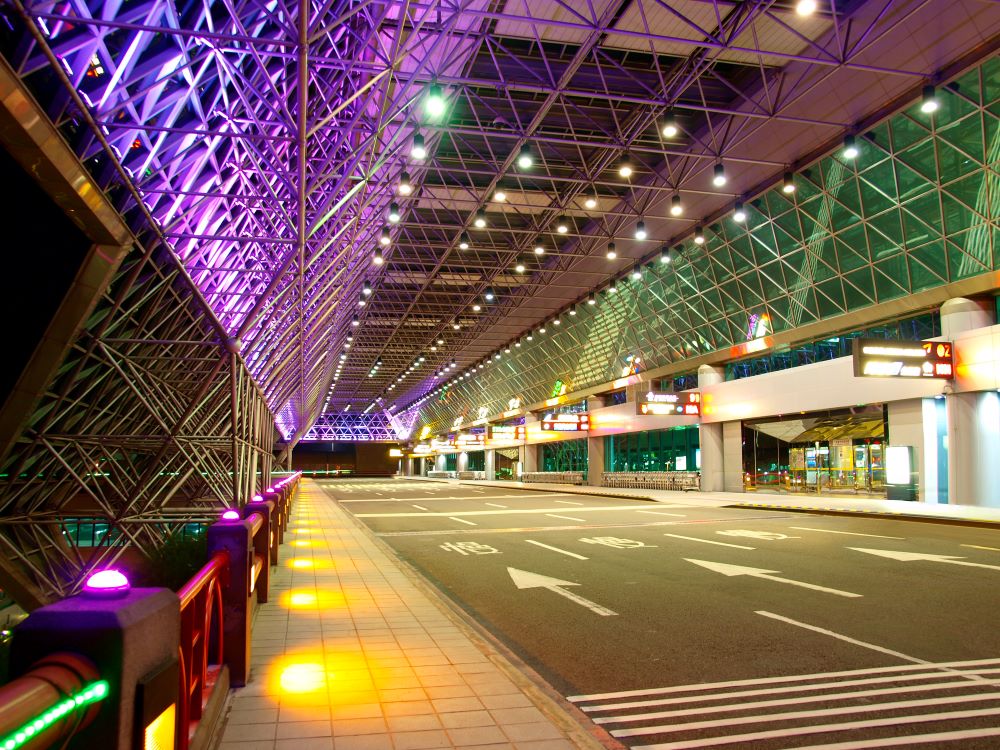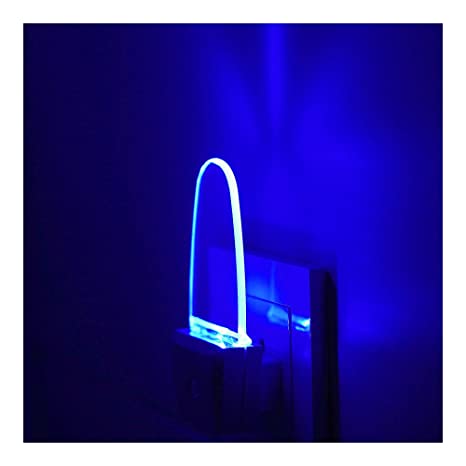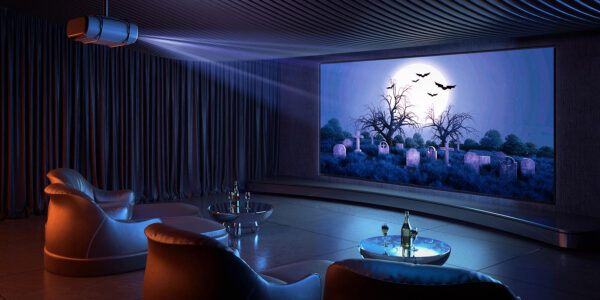LED airport lighting has been quietly transforming airports across the globe, turning them into beacons of sustainability and safety. This advanced lighting technology promises a myriad of benefits to both airport operations and pilots. This article explores LED airport lighting in-depth, its many advantages, and how it plays an essential role in bolstering airport safety.
What is LED Airport Lighting
LED Airport Lighting is an all-encompassing term for an array of lighting systems that are vital for the safe and efficient operation of an airport. LED, which stands for Light Emitting Diode, refers to a type of lighting technology known for its efficiency, longevity, and excellent light quality. The switch to LED in airport lighting has become a global trend, elevating the standards of airport safety, efficiency, and sustainability.
LED airport lighting systems primarily include runway lights, taxiway lights, apron floodlights, obstruction lights, and navigational beacon lights, each serving a unique and crucial function.
Runway and Taxiway Lights
These are arguably the most crucial components of LED airport lighting systems. Runway lights guide pilots during takeoff and landing, delineating the runway’s borders, ends, and centerline. They are invaluable, especially during night or adverse weather conditions.
Taxiway lights, on the other hand, guide aircraft from the runway to the airport terminal or vice versa. LED lights used in runways and taxiways provide superior visibility, crucial for pilots to navigate safely.
Apron Floodlights
The apron area, also known as the tarmac, is where aircraft are parked, unloaded or loaded, refueled, or boarded. Apron floodlights provide the necessary illumination for these activities to proceed safely and efficiently during the night or in low-light conditions. LEDs are ideal for this application due to their high brightness, energy efficiency, and ability to withstand varying weather conditions.
Obstruction Lights
Obstruction lights are essential safety features at airports. They alert pilots to the presence of structures such as towers, buildings, or any other potential hazards that are in and around the airport. LED lights are an excellent choice for obstruction lights because they are highly visible from a distance and extremely reliable.
Navigational Beacon Lights
These lights are typically used to indicate the airport’s location and type to pilots. They are especially useful in areas with heavy air traffic or during periods of reduced visibility. With their high luminous output and superior visibility range, LED lights make excellent navigational beacons.
The beauty of LED airport lighting lies in its harmonious blend of efficiency, longevity, and safety. It not only serves to guide aircraft safely but also paves the way for greener and more sustainable airport operations worldwide. With the continual advancements in LED technology, its application in airport lighting is set to revolutionize the aviation industry.
The Many Advantages of LED Lighting in Airports
The world of aviation is constantly evolving, seeking out technology and practices that enhance safety, efficiency, and sustainability. A perfect example of this innovative spirit is the growing adoption of LED airport lighting. This transformation in airport illumination brings a myriad of advantages, making it a bright spot in modern aviation technology.
LED, which uses Light Emitting Diodes, has proven itself to be superior to traditional lighting options. It offers substantial benefits that directly affect the operational cost of airports, the environment, and most importantly, flight safety. These benefits range from significant energy savings and reduced maintenance costs to improved visibility for pilots, making LEDs an intelligent choice for today’s airports.
There are many benefits and advantages to the LED technology;
Energy Savings
One of the primary reasons many airports are making the switch to LED airport lighting is the remarkable energy savings. LED lights are known for their high energy efficiency – they use significantly less power compared to traditional lighting systems. A study by the US Department of Energy showed that LED lighting can save up to 50-75% of energy compared to conventional lighting. This means airports can drastically reduce their energy bills, contributing to greener operations.
Lower Maintenance Costs
Maintenance in airports is a critical factor, especially concerning runway lighting. LED lights have a lifespan up to 25 times longer than traditional incandescent bulbs. This longevity reduces the frequency of light replacements, leading to lower maintenance costs and less downtime. Furthermore, LED airport lighting is more resistant to harsh weather conditions, enhancing its reliability.
Enhanced Visibility for Pilots
LED airport lighting is known for its high-quality light output. It offers exceptional visibility, which is crucial for pilots, especially under challenging weather conditions. A study by the Flight Safety Foundation found that LED runway lighting significantly improved the visibility range for pilots, enhancing the safety and efficiency of both landings and takeoffs.
Improved Safety
Safety is a paramount concern in airports. LED airport lighting systems are beneficial in enhancing overall airport safety. They offer bright, steady, and highly visible light, reducing the chance of misinterpretation by pilots. Moreover, LED lights turn on and off instantaneously, which allows for efficient communication and signaling, vital for the smooth operation of aircraft traffic.
LED airport lighting is a groundbreaking solution that offers energy savings, lower maintenance costs, improved visibility, and enhanced safety. It presents a promising future for the aviation industry, not only making airport operations more efficient but also significantly contributing to the global sustainability efforts.
Investing in LED lighting is investing in the future. As more airports worldwide adopt this technology, we can expect safer, more efficient, and greener skies. Illuminating the way forward.







